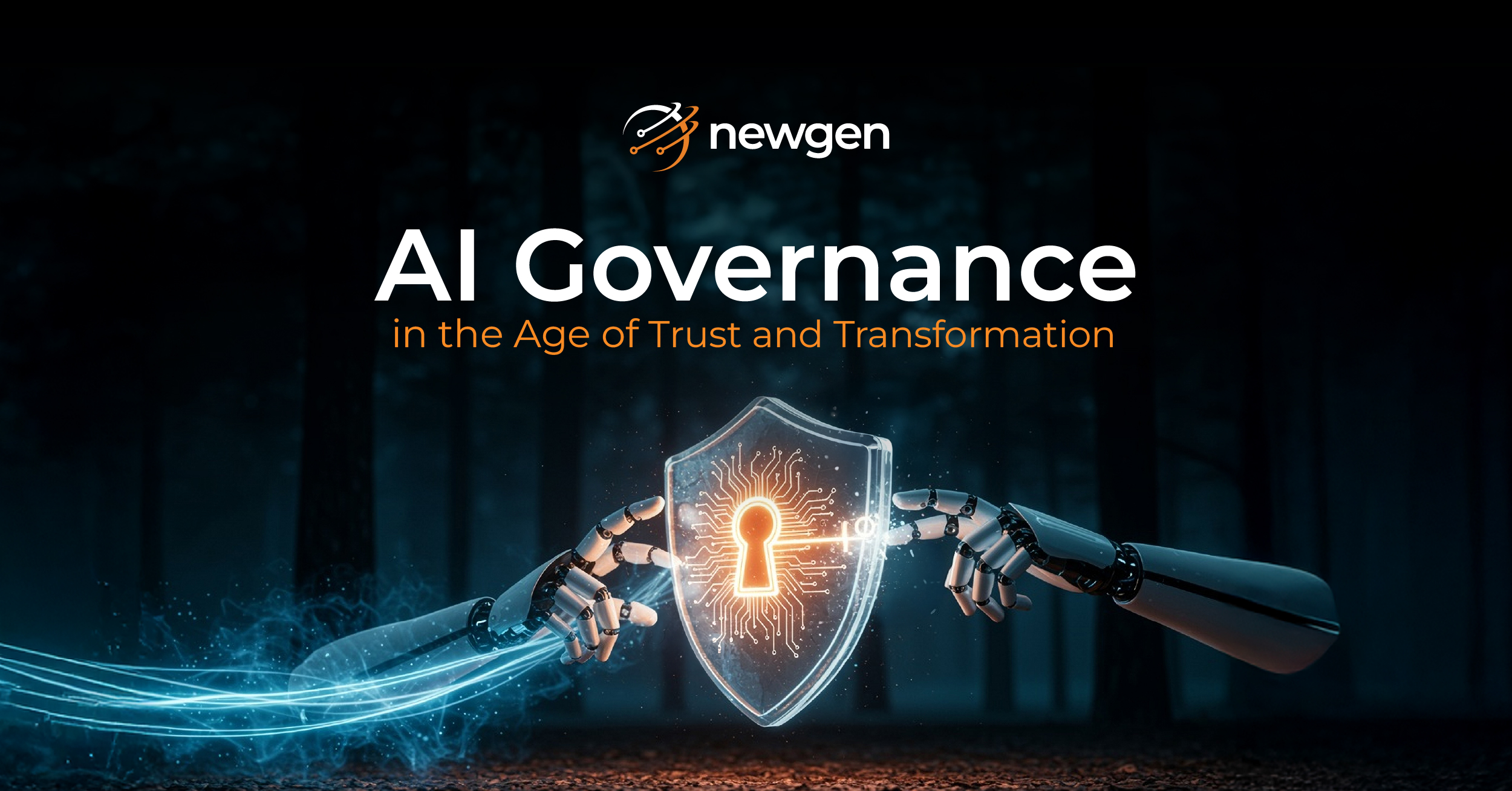Today the most common words being used in the intellectual circuit include artificial intelligence (AI), machine learning (ML), agility, digital, cloud, microservices, and low code. It is interesting to see that these are being enthusiastically discussed between businesses and IT gurus. While others are definitive technologies, implementation styles, or infrastructure related, digital (read digital transformation) and low code are the most intriguing.
Or at least, I find it so!
Digital is a Concept That Keeps Evolving
I often say in conferences that digital is a concept. A concept of always being ahead of time. A concept of belonging to the avant-garde. I believe that all of the following were digital in their own times:
- Marconi inventing long-distance radio communication
- Graham Bell inventing the telephone
- Newton coming up with laws of physics
- Ford revolutionizing the motor cars
- Wright brothers working on aircrafts
Digital is about how people’s lives have changed for the better, thanks to the few individuals who chose to think differently. The “FORM” of digital keeps on evolving. For instance, an agent walking up to your home and opening an account was considered digital transformation until two years back, but this has entirely changed. This change is not only led by organizations but also by regulators. Organizations have started to adopt multiple onboarding channels via mobile and online portals, and regulators support it by allowing e-and v-KYC.
How Low Code Is Aiding Digital Evolution
Similar to the Mona Lisa Smile, digitalization is not about the “FORM” but the “ESSENCE” that helps establish the concept of digital. Low code is viewed as the magic wand that could transform everything. Low code, just like digital, is an ideology – an ideology to create complex business applications with minimal coding.
In a business scenario, the different entities and ecosystems need to work in harmony within a connected environment to ensure no broken elements. Today, businesses need automation in their processes and a connected ecosystem. However, processes can be complicated as they coexist with documents and various communication channels. Adding to this complexity includes channels like portals and mobile applications that also need to be considered. While each of these may be easy to work on within themselves, they can become a mammoth when integrated.
This is where the philosophy of low code comes in, which is why I call it an ideology rather than a tool. The power of low code lies in giving the power to the end-user and business user rather than relying entirely on IT to change the monolith systems.
The low code ideology transcends everything that is required to be done:
- Low code portal
- Low code mobility app
- Low code integration
- Low code processing and workflow
- Low code reports
- Low code content management
- Low code database and application design
- Low code customer communications design
- Low code changes to the system for faster product rollouts
Low Code Paving the Future
A low code framework can deliver far-reaching results for any type of digital initiatives, such as designing processes to connect users in the ecosystem, designing a communication channel, or recording a BOT. And combined with the power of the cloud, you have a winner.
For example, a modern bank can face many challenges that need to be addressed. This can only be done if the ideology behind the entire transformation is based on innovation. The agility cannot come from monolith applications.
In essence, an organization has to concentrate on the basics for revamping its system and business model. If it only limits itself with tools to fill specific gaps, it would only go a certain mile. But if the organization is looking to make a long-lasting mark, it must look at the soul of digital and low code.
You might be interested in




